Ashoka
₹139
The Ashoka tree, scientifically known as Saraca indica, is a majestic tree revered in Indian culture for its beauty and symbolism. With its vibrant red blooms and lush green foliage, it adds a touch of elegance to any landscape. This evergreen tree is not just visually appealing but also holds cultural and medicinal significance.
20 people are viewing this product right now
🔥 7 items sold in last 3 hours
The Ashoka tree, scientifically known as Saraca indica, is a majestic tree revered in Indian culture for its beauty and symbolism. With its vibrant red blooms and lush green foliage, it adds a touch of elegance to any landscape. This evergreen tree is not just visually appealing but also holds cultural and medicinal significance.
Key Features & Benefits
- Ornamental Value: Its stunning red flowers and dense foliage make it a popular choice for ornamental planting.
- Cultural Significance: The Ashoka tree holds deep religious and cultural significance in India, particularly in Buddhism.
- Medicinal Properties: Various parts of the tree, including the bark, leaves, and flowers, have been used in traditional medicine for their potential health benefits.
- Shade Provider: Its dense canopy offers ample shade, making it ideal for outdoor spaces.
- Air Purifier: Ashoka trees contribute to air purification by absorbing pollutants and releasing oxygen.
Plant Care Guide
Ideal Plantation Locations
Ashoka trees thrive in tropical and subtropical climates. They prefer well-drained, fertile soil and ample sunlight.
Planting & Gardening Instructions
- Location: Choose a sunny location with well-drained soil.
- Soil Preparation: Prepare the soil by adding well-rotted organic matter to improve its fertility and drainage.
- Planting: Dig a hole twice the size of the root ball and plant the tree at the same depth as it was in the pot.
- Spacing: Plant Ashoka trees at a distance of 10-15 feet from each other to allow for proper growth and development.
Watering
Water the tree regularly, especially during dry periods. However, avoid overwatering as it can lead to root rot.
Fertilizers
Apply a balanced, slow-release fertilizer once a year during the growing season.
Repotting Instructions
Re-pot young Ashoka trees every 2-3 years in a slightly larger pot with fresh, well-draining potting mix.
Fruiting Season
Ashoka trees typically flower during the spring season, producing vibrant red blooms.
Usage Ideas
- Ornamental Tree: Plant it as a standalone tree or in groups to create a stunning visual impact.
- Shade Tree: Use it to provide shade in gardens, parks, and other outdoor spaces.
- Medicinal Uses: Explore its potential medicinal benefits under the guidance of a healthcare professional.
Care Tips
- Pruning: Prune the tree regularly to maintain its shape and remove dead or diseased branches.
- Pest and Disease Control: Monitor the tree for pests and diseases and take appropriate control measures.
- Mulching: Apply a layer of mulch around the base of the tree to conserve moisture and suppress weed growth.
Only logged in customers who have purchased this product may leave a review.
₹199

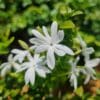
₹99
Related products
Designed, Developed & Maintained by Growww.
Copyright © 2024 Ashok Chakra Nursery

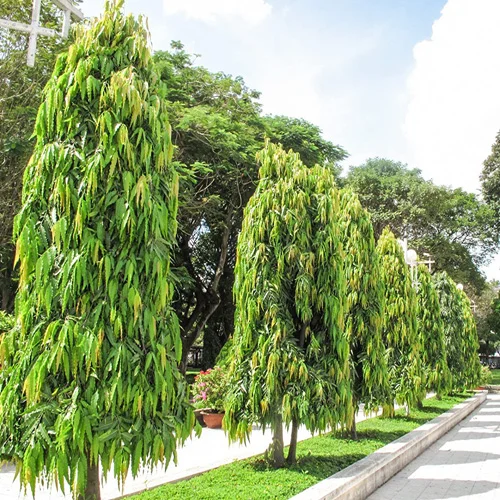
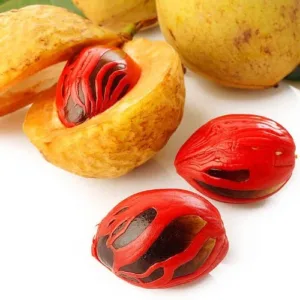

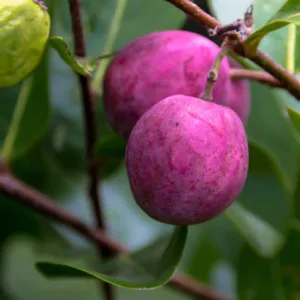
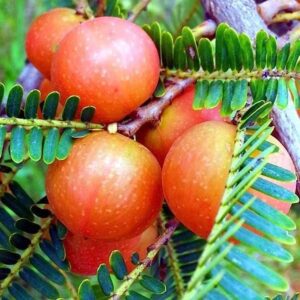
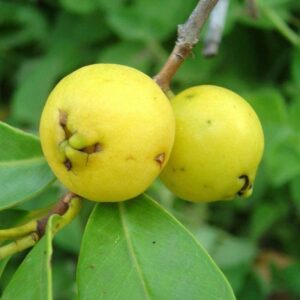

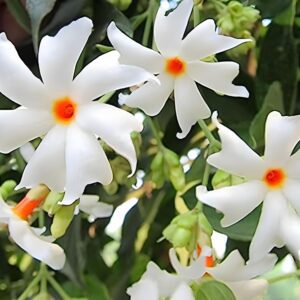

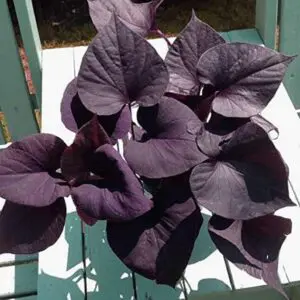
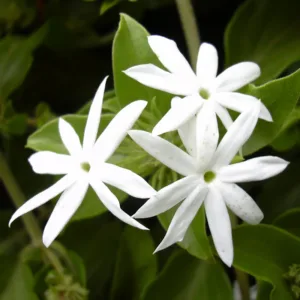
Reviews
There are no reviews yet.